Fangio flourished in Formula One racing when the world championship was in its infancy and he was a comparatively 'Old Man' - which is what his admiring rivals called the aging genius who won his last driving title in 1957, when he was 46. Most of his challengers were young enough to be his sons, and nearly all of them came from privileged backgrounds far removed from Fangio's humble origins in a remote corner of Argentina, in the dusty frontier town of Balcarce. His father and mother, hard-working immigrants from the Abruzzi region of Italy to whom Fangio was deeply devoted, raised their six children (three boys and three girls) to believe in God and the dignity of labour. Fangio credited his parents with instilling in him the virtues of honesty and integrity, self-discipline, respect for others and the sense of responsibility that characterized his approach to life.
Eleven years after his birth on June 24, 1911, Fangio started working as a mechanic and then spent nearly four decades in that trade, while also racing primitive self-prepared cars in incredibly arduous South American long distance races that made Formula One events seem like child's play. By his superhuman efforts in these marathons of madness (held over thousands of miles for weeks at a time) Fangio overcame astonishing hardships and astronomical odds to score many victories. When he went racing in Europe, at 38, he brought with him an unrivalled repertoire of mechanical understanding, competitive experience and clever racecraft.
Formula One competition in much more sophisticated cars also enabled Fangio to hone his driving skills to the highest degree. A pioneering exponent of the four-wheel drift, he was wonderfully entertaining to watch, negotiating corners in fearsomely spectacular, yet completely controlled tyre-smoking powerslides that thrilled onlookers. Beyond his brilliant car control, Fangio's sheer brute strength and astonishing stamina enabled him to excel in an era that required heavy, hard-to-handle cars to be hauled around rough-hewn tracks for the three hour-plus endurance tests that were then the Grand Prix norm. Fangio's exceptional staying power was also the product of superior mental fortitude, patience and perseverance, enormous levels of concentration and an unflagging competitive spirit. Needless to say, in those desperately dangerous days, Fangio in common with his peers possessed degrees of steely nerve and raw courage that modern Formula One drivers can hardly imagine.
He had very few accidents and his only serious injury was a by-product of impaired judgement caused by extreme fatigue following an all-night drive in 1952 through the Alps to race in a pre-season non-champship event at Monza. On the second lap he lost control of his Maserati and crashed heavily, suffering a broken neck that left him with a permanently stiff upper torso.
Balding, short, stocky and nicknamed 'El Chueco' (bow-legged), his unprepossessing physique belied a personal magnetism that together with his driving exploits made him a figure of worldwide adulation. Women found him enormously attractive and while he never married (though he had one 20-year relationship), he never lacked female companionship. In 1958 he became even more of an international celebrity when he was kidnapped in Cuba by members of Fidel Castro's revolutionary movement to draw attention to their cause. As was the case with everyone who met him, his captors were charmed by Fangio and they released him unharmed.
He was a true gentleman in every sense of the word, proving the exception to the supposed rule that nice guys finish last. His generosity of spirit, sense of fair play, invariable courtesy, surprising humility and sheer humanity were universally praised and appreciated, especially by his peers.
"Most of us who drove quickly were bastards," according to his rival (and Mercedes team mate) Stirling Moss, who called him 'Maestro' and said he loved Fangio like a father. "But I can't think of any facets of Juan's character which one wouldn't like to have in one's own."
Seldom was heard a disparaging word, though a few of them were uttered by Enzo Ferrari, who criticized him after Fangio had the temerity to forsake Scuderia Ferrari following his 1956 championship to return to Enzo's arch-enemy Maserati. "Fangio did not remain loyal to any marque," Ferrari said, "and he invariably used every endeavour to ensure that he would always drive the best car available."
Stirling Moss is quick to point out why Fangio (who won championships with Alfa Romeo, Mercedes (twice), Ferrari and Maserati) always had the best car: "Because he was the best bloody driver! The cheapest method of becoming a successful Grand Prix team was to sign up Fangio."
Fangio's strengths included being both a team player and a team leader of the highest order, providing inspirational qualities (he always befriended his mechanics) and making practical contributions (he often wielded wrenches himself) that invariably improved morale and brought the best out of the personnel.
Even on those occasions when his team let him down, Fangio's driving prowess enabled him to snatch victory from the jaws of defeat. Indeed, his most sensational performance - and many, including Moss, regard it as the greatest drive in Formula One history - came after a botched Maserati pit stop in the 1957 German Grand Prix at the mighty Nurburgring. Having lost nearly a minute to the Ferraris of Mike Hawthorn and Peter Collins, the Old Man flung his Maserati around the mother and father of all tracks, smashing the lap record to smithereens and beating the British youngsters into second and third.
This epic drive that secured his fifth driving title was his last victory. A few months later, weary from pushing himself so hard for so long and saddened by the loss of so many of his peers (over 30 of them were killed during his career), Fangio retired, leaving behind a championship record that endured for 46 years and a legend that remains undiminished. He died in 1995, aged 84, at home in Argentina.
Text - Gerald Donaldson
















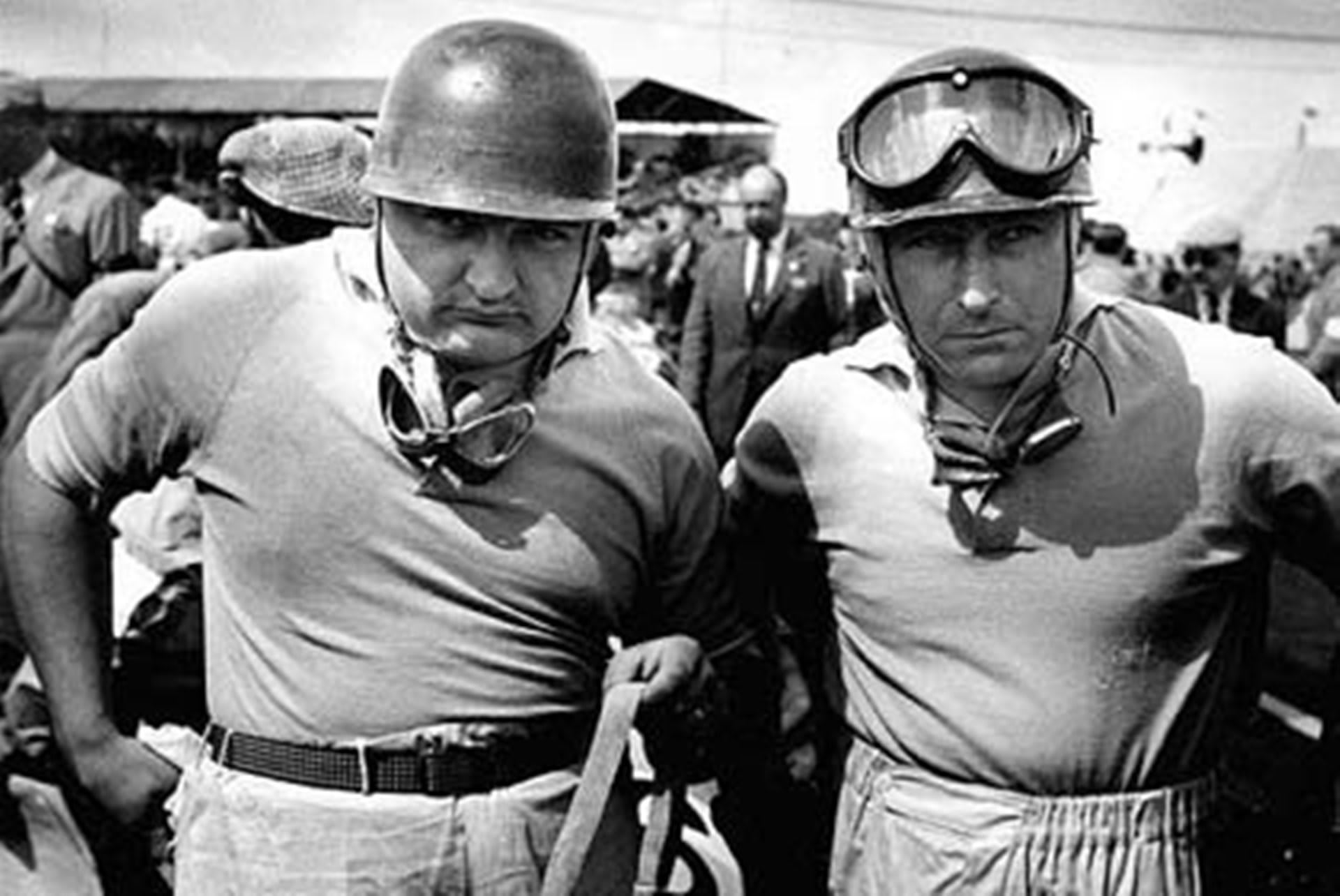
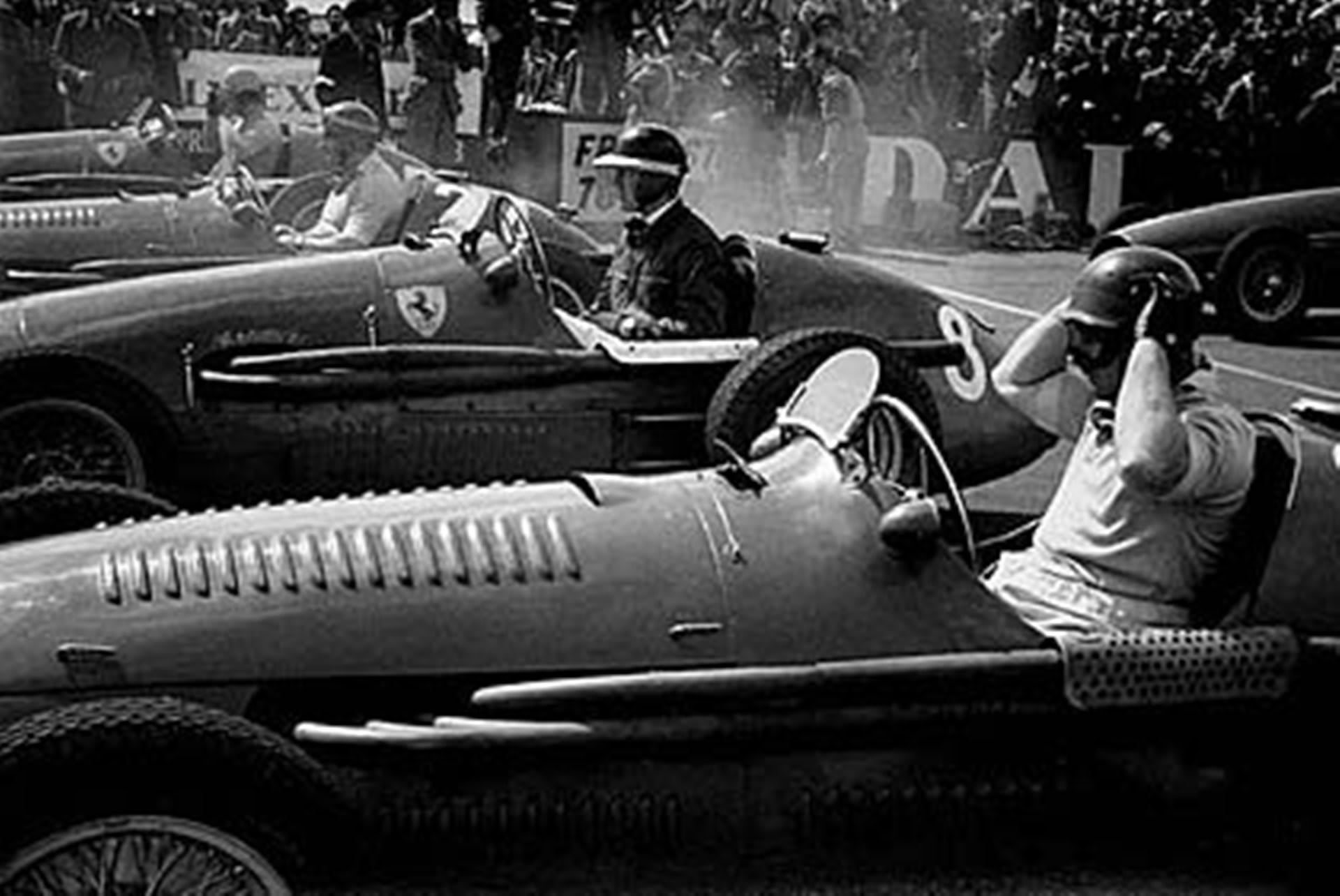
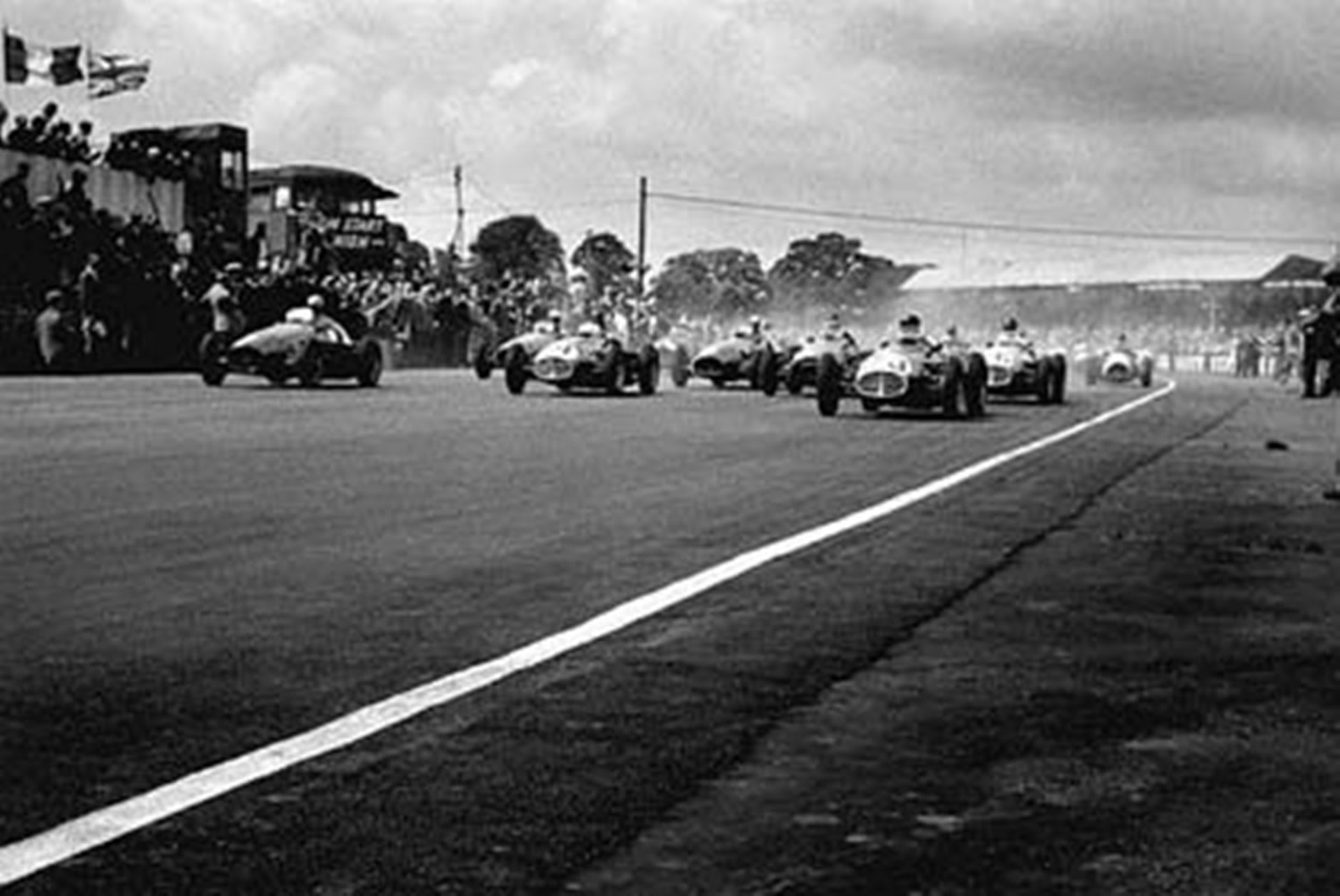
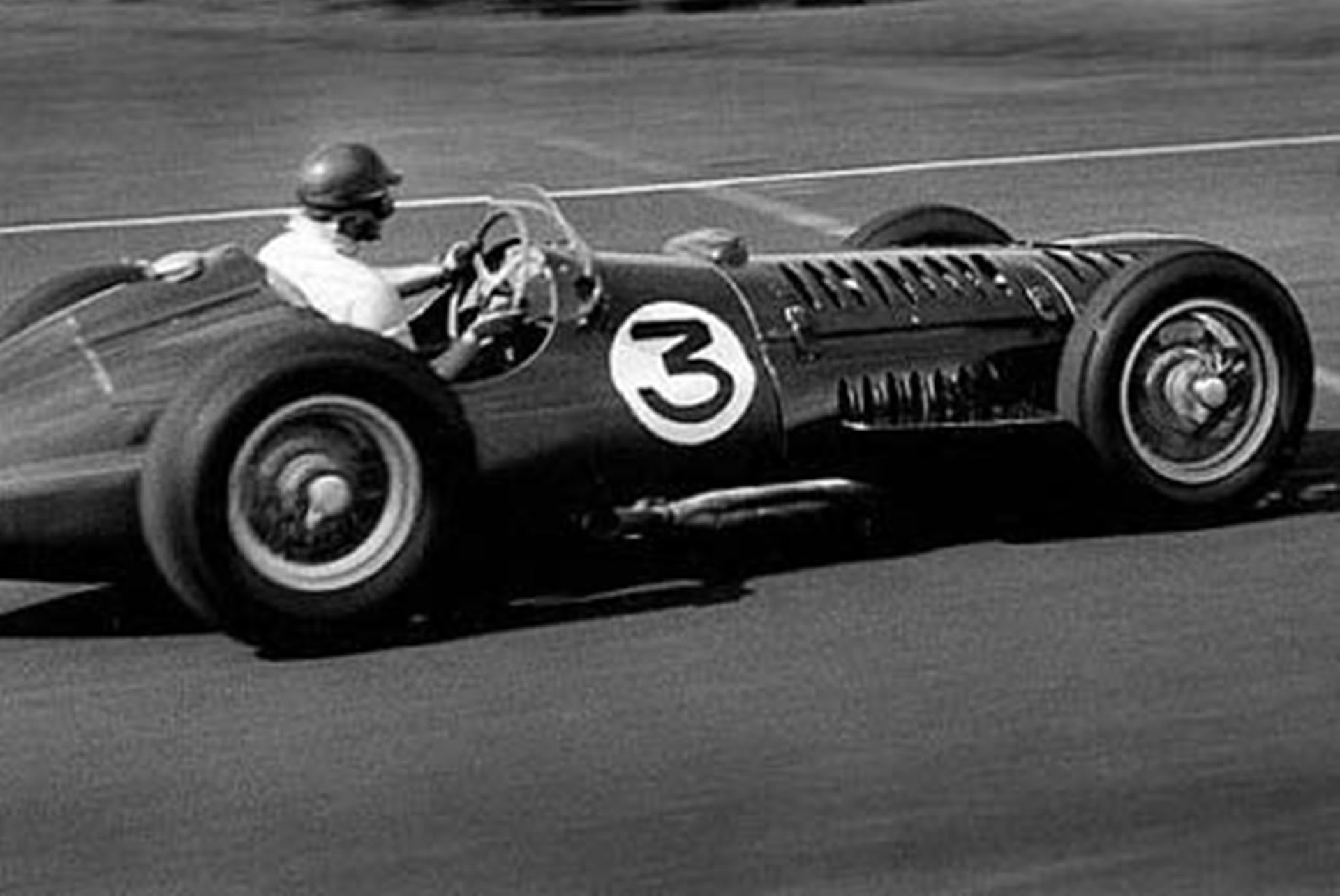
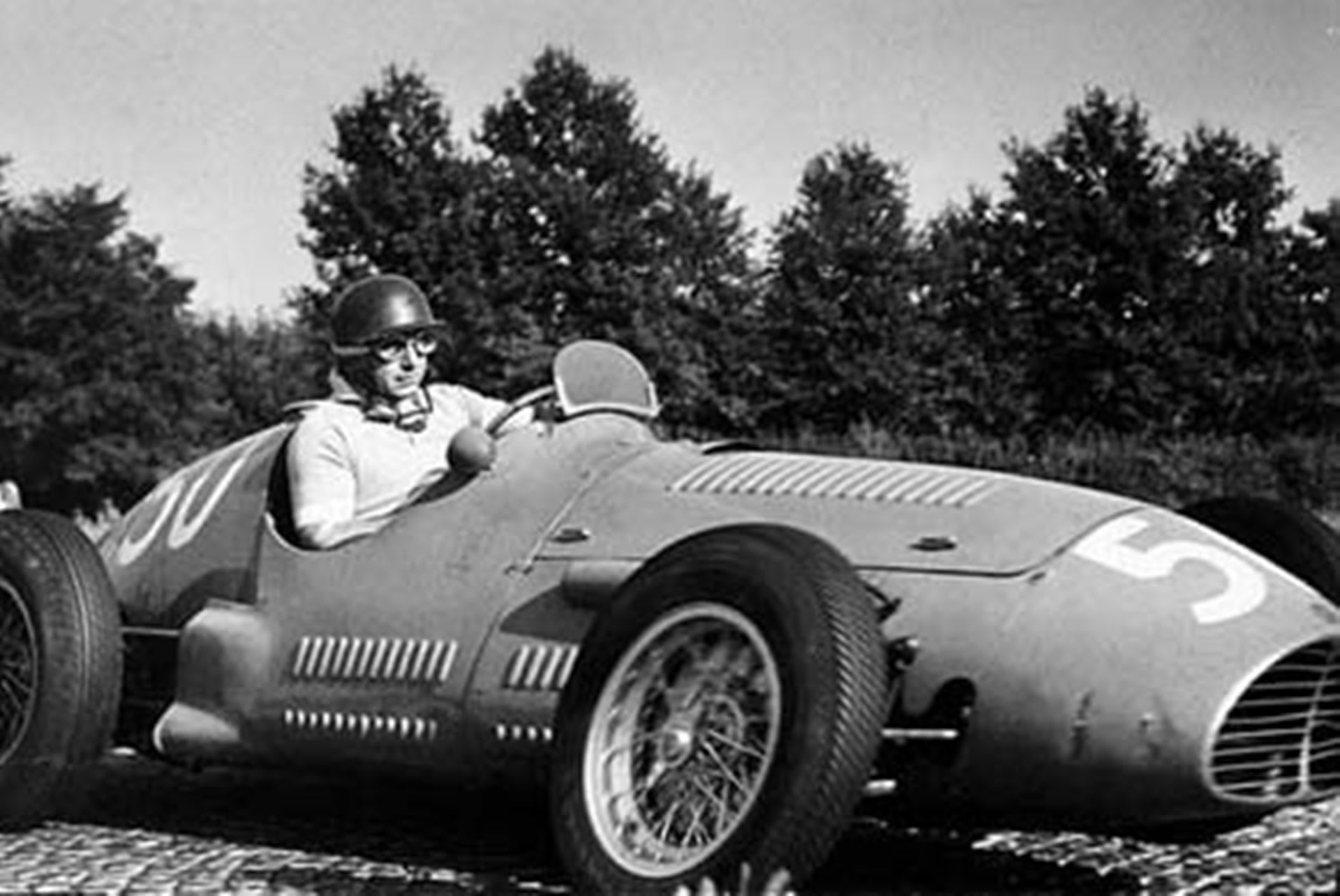
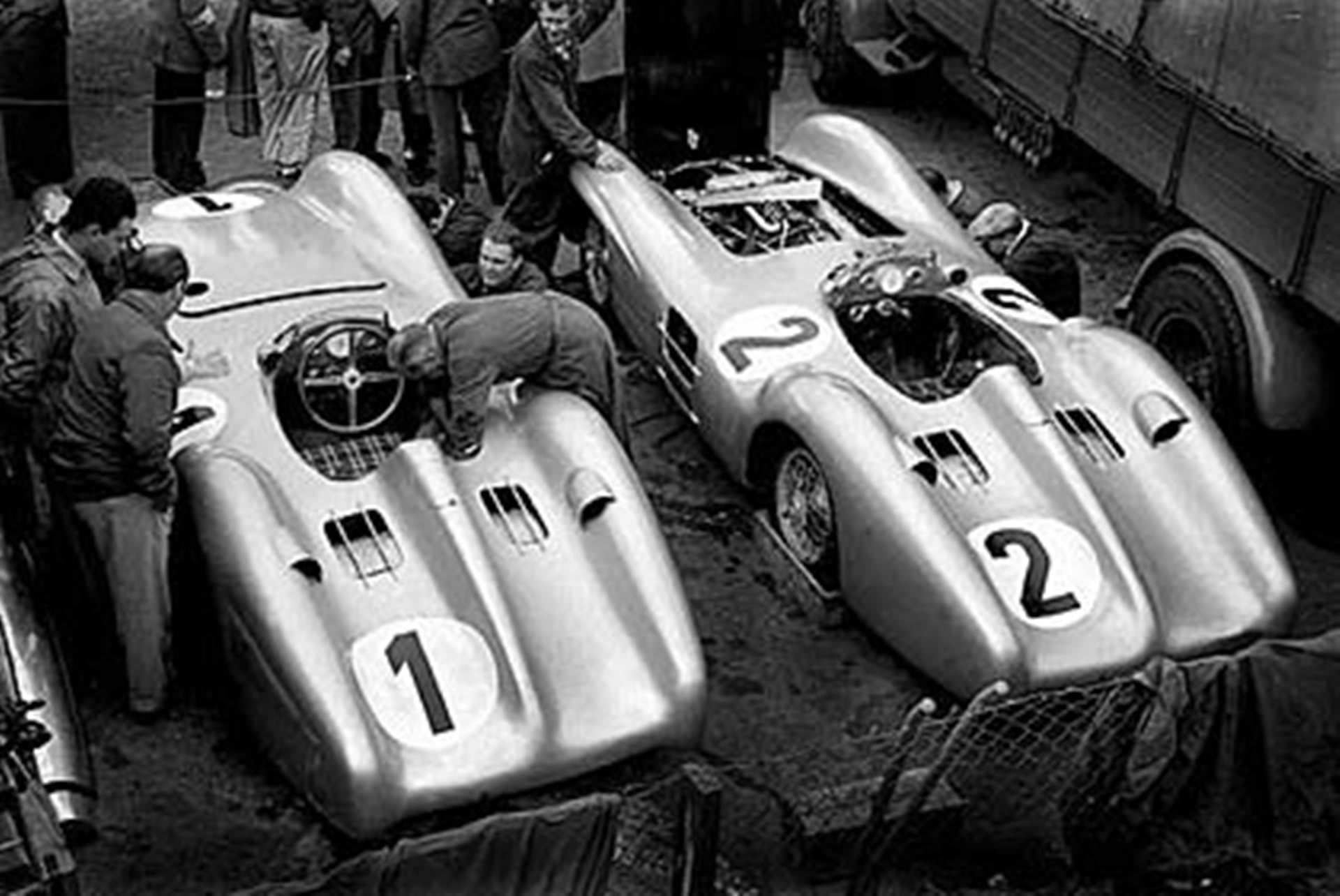


.jpg.img.640.medium.jpg/1547135133239.jpg)
